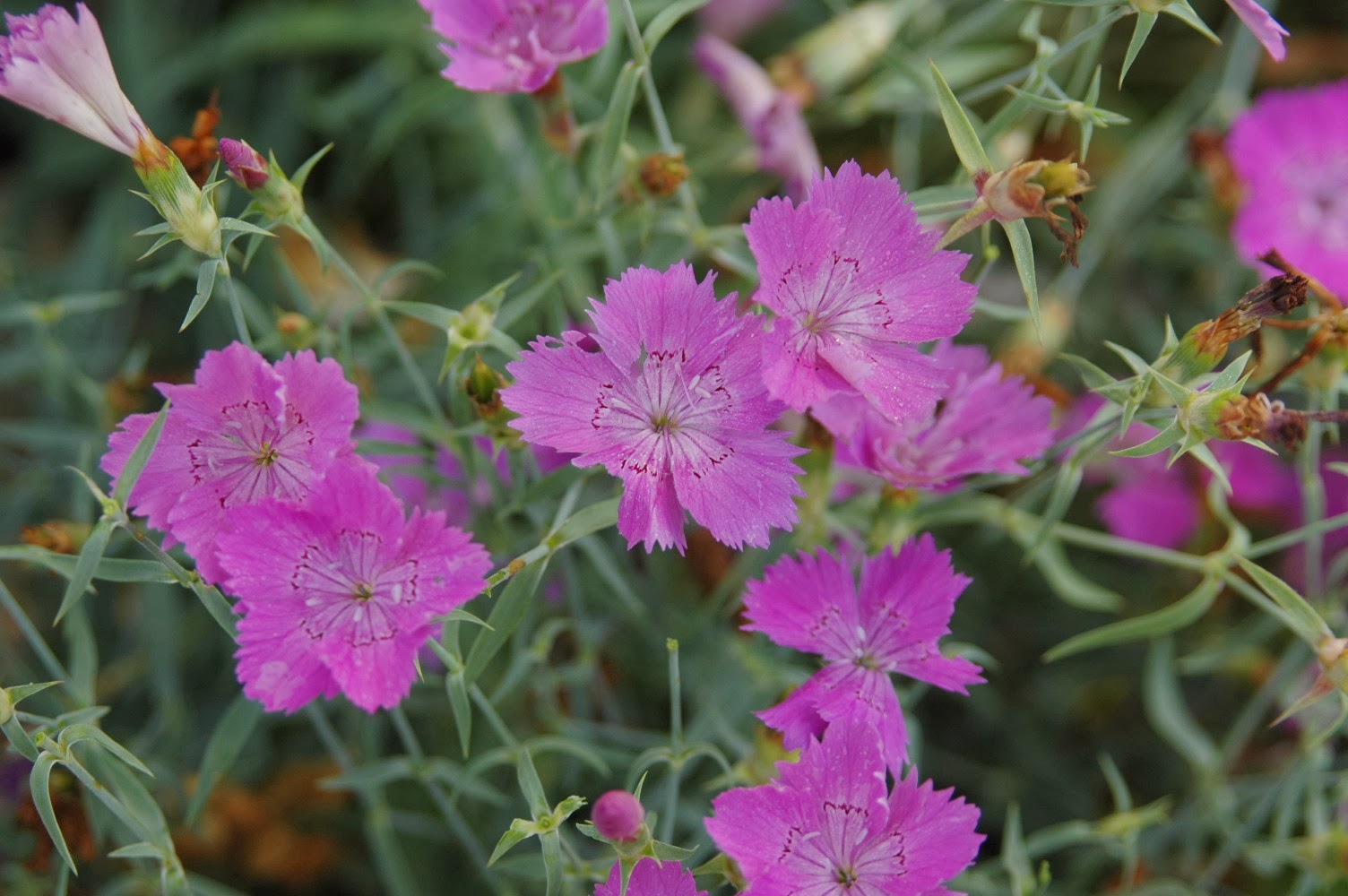In a previous posts, I mentioned that I would show pictures of a public garden in Victoria which I like particularly: the Abkhazi Garden. Not only is it a beautiful garden, it also has a romantic history.
It was created by an actual deposed prince, Nicholas Abkhazi, who married an heiress, Marjorie (Peggy) Pemberton-Carter, who had lost most of her property in the war, when both she and her future husband were interned in prisoner-of-war camps. In 1945, Peggy bought a one acre lot in Victoria, had a house built, married Nicholas Abkhazi and they set out to create a garden.
 |
| A path that leads to the Garden House |












.JPG)



































